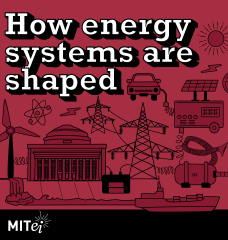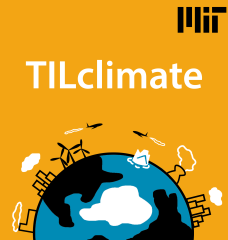
Humanity has used up two thirds of the carbon emission budget compatible with the goal of limiting global warming to 2 °C. Global mean temperature has increased by 0.9 °C, and out of the last twenty years, eighteen were among the warmest since 1880. As emissions continue to rise, limiting global warming below 2 °C is widely considered to require substantial policy intervention. As a result, 195 countries agreed to take respective actions in 2015 in Paris.
To reduce carbon emissions, economic theory suggests use of carbon pricing as the most cost-efficient policy instrument. From a welfare perspective, carbon pricing, in the form of a carbon tax or cap-and-trade mechanism, reduces emissions at the lowest cost. However, in practice, policy makers increasingly resort to phase-out mandates to achieve committed emission reductions. As climate policy research focuses on carbon pricing as the first-best option, research into the effects and design of phase-out mandates has lagged behind.
To decarbonize the power sector, the public debate has increasingly focused on phasing out coal power plants. Promoters of coal phase-outs highlight the expected climate benefits of fuel-switching from coal to gas. For every year of coal displacement, fuel-switching to gas adds 1.4 to 2.4 years until depletion to the carbon budget, as gas combustion emits less than half the CO2 of coal. Therefore, gas may act as a bridge-fuel until zero-emission technologies are available at scale.
Research has suggested that phase-outs are politically more feasible than carbon pricing at sufficiently high levels, and highlighted their ability to destroy existing structures while creating space for innovation. Phase-out policies are touted as transparent, simple, and influential in creating anti-fossil norms. An example is the nuclear phase-out in Germany, which has been credited with triggering more R&D spending on renewable resources than the Renewable Energy Act (EEG).
And yet, a view that focuses on coal and gas appears too narrow-minded, as it ignores central factors required for answering the question of which fuel-switching strategy is cost-optimal in order to remain on a politically agreed decarbonization pathway. In particular, zero-carbon resources inevitably become necessary at a certain point to remain on the decarbonization pathway, yet existing infrastructure carries the risk of long-term lock-in of high-carbon technologies. This potential lock-in has its roots in power plants that continue operations as they become stranded.
I present a simple model to find the least-cost resource mix, which is consistent with the committed climate targets. Firstly, I explain the intuition and logic of the model. This includes an explanation of how a capacity planner can determine the resource mix in order to cover load demand at least-cost, how climate targets constrain the task, and how carbon constraints switch the roles of fuel types. Secondly, I mathematically formulate the problem so as to numerically determine the least-cost resource mixes which satisfy distinct targets along the decarbonization pathway. Lastly, I solve the model, drawing on the example of Germany.
The case-study, based on the example of Germany, reveals counter-intuitive results that go against conventional opinions on the role of coal. The findings suggest that, when considering stranded assets, a decarbonization pathway that involves the expansion of renewables and includes a continued, but gradually declining role for coal, turns out to be less expensive than a strict coal phase-out.
Committed decarbonization targets can still be achieved by adding only minimal new gas capacity. It is more cost-effective to initially keep existing coal resources in the market, and expand zero-carbon technologies. The costs in a scenario with a politically forced coal phase-out are significantly higher, as additional gas resources have to fill the supply gap.
References
Stoll, Christian, 2019, "Fuel-switching and Deep Decarbonization." MIT CEEPR Working Paper 2019-005.
Further Reading: CEEPR WP 2019-005
About the Author:
Christian Stoll is a Ph.D. candidate at the TUM Center for Energy Markets of the Technical University of Munich. His research focuses on decarbonization from an economic point of view. Christian has been a CEEPR visiting student repeatedly in the past, and will continue joint research with CEEPR in the future. Contact: cstoll@mit.edu.





